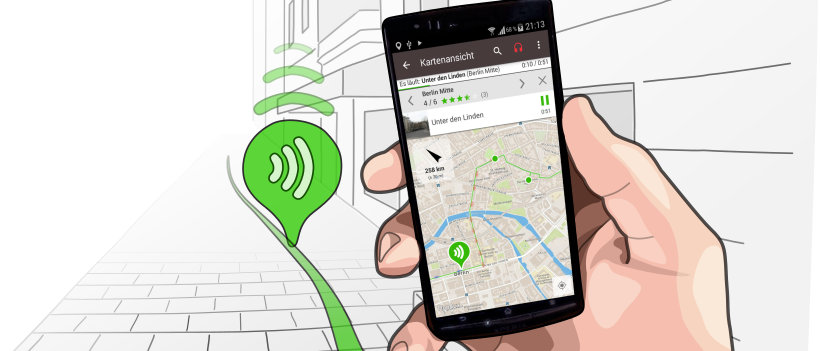There’s so much happening here—literally! Heike Behrens from NABU Lilienthal-Grasberg can tell you all about this body of water and its wildlife. On a bird song tour or during bat nights, you’ll get a feel for the creatures that live here.
Speaking of bats—if you’re lucky, you might spot some here as they hunt for insects. The best time to see them is around dusk, up to half an hour after sunset.
If you visit during the day and see a shimmering blue bird, consider yourself one of the lucky few who have spotted a kingfisher!
In the past, peat was harvested in this region. Peat forms in wetlands called bogs. Because bogs are so wet and low in oxygen, dead plants don’t fully decompose. Over time, the remains of these plants turn into peat. As more and more peat accumulates, bogs grow slowly upward over the years.
Peat boats once traveled along the Wörpe. These boats were used to transport peat from the bogs—something horses couldn’t do. In the past, people used peat for heating, fertilizing fields, and even building houses. To harvest peat, they drained the bogs, which made them unsuitable for certain animals and plants. Today, peat harvesting is rare because bogs are crucial habitats for unique species.
From the Wörpe, we’ll now head into the wooded area to the playground.
More info:
https://www.nabu-lilienthal-grasberg.net



